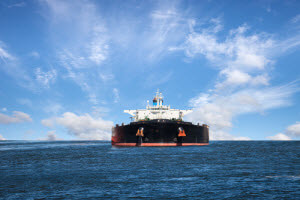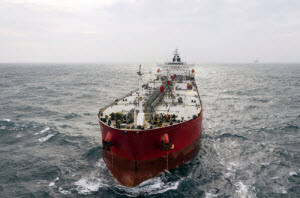New Threats That the Oil Tanker Business Could Face in 2017
With low oil prices, higher demand, and surging output, the oil tanker industry has boomed globally. However, a recent Wall Street Journal (WSJ) article speculates that the booming industry may face a number of threats in 2017. A few of them are discussed below.
In the oil and gas business, it is essential to increase efficiency and safety, learn how our valve and fittings innovative designs increase productivity and accuracy in gas-filling stations.
Overcapacity
 As stated, the oil tanker industry is booming, and the WSJ article reports that some international fleets are expected to add more than 200 new tankers by 2017. About 40% of those vessels will be very large crude carriers, or VLCCs, the largest class of tankers.
As stated, the oil tanker industry is booming, and the WSJ article reports that some international fleets are expected to add more than 200 new tankers by 2017. About 40% of those vessels will be very large crude carriers, or VLCCs, the largest class of tankers.
While adding more ships sounds like good news, it poses a threat for the oil tanker industry. Adding more vessels to the waters presents the possibility of overcapacity, and having too many ships can lead to decreased revenue, especially if the demand for oil drops.
Oversupply
The oversupply of oil is leading production, rendering many of the ships rolling out within the next few years, including the new VLCCs, useless as many oil producers are working to decrease the output of oil. According to a recent article, many have already considered freezing oil production to relieve the worldwide glut.
On top of that, the oversupply has caused lower demand, with tanker rates falling 40% from a recent high last year.
Rising Oil Prices
 Oil prices are back on the rise, and many are trying to keep it that way. But it isn’t to ensure revenue; it’s to decrease the global oversupply of oil. As mentioned, companies are considering halting operations and productions to help to maintain higher oil prices to reduce production and prevent excess.
Oil prices are back on the rise, and many are trying to keep it that way. But it isn’t to ensure revenue; it’s to decrease the global oversupply of oil. As mentioned, companies are considering halting operations and productions to help to maintain higher oil prices to reduce production and prevent excess.
However, maintaining high oil prices could pose a threat to the future of the oil tanker industry. If the glut is eliminated and prices remain high, demand could wane severely and cause a decrease in revenue for producers.
Increased Tanker Costs
The reduction of US oil imports is causing crude oil to be delivered to more locations, including various parts in Asia. Unfortunately, moving oil from the Middle East and Africa to new locations is causing many monetary issues.
The voyage to Asia is longer, which means shipping costs have increased. On top of that, the extended journey has led to higher storage costs.
Floating Storage: Possible Good News for the Oil Tanker Industry
The oil tanker industry is looking at many challenges and threats for 2017 and beyond, but floating storage could benefit the industry. Floating storage gives producers and traders a place to keep spare oil that they can later sell for profit.
Using these facilities could help the industry to recover, according to Erik Broekhuizen, head of tanker research at Poten & Partners. “If there is a significant pickup in floating storage, then tanker rates could very quickly spike up again and quickly take tanker-loading capacity out of the market,” he said in the WSJarticle.
Read CPV Manufacturing’s blog for more industry news.
